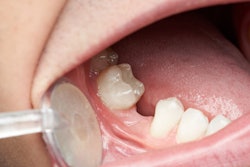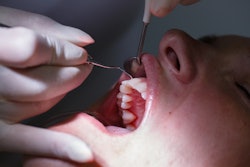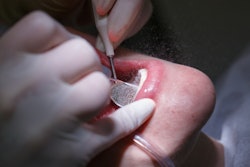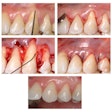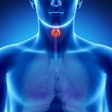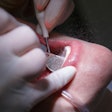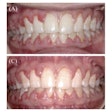Patients younger than 36 with severe gum disease, limited education, and a history of smoking may face a higher risk of tooth loss, according to a study published in the Journal of Periodontology.
Additionally, education and income levels may influence whether these patients continue active periodontal treatment (APT), the authors wrote.
“Generalized periodontitis (GP), periodontitis stages III–IV, low-education level, smoking, and discontinuation of APT significantly increased the risk of tooth loss,” wrote the authors, led by Carolina Modin of the Eastman Institute Department of Periodontology in Sweden (J Periodontol, August 2, 2025).
The study sought to identify factors that contribute to tooth loss over a 10-year period in young individuals with periodontitis, with a focus on the role of patient compliance. Also, the research team examined reasons why some patients discontinued APT, they wrote.
The retrospective, register-based study included dental record data of 446 patients under 36 years old diagnosed with aggressive or chronic periodontitis between 2003 and 2009. The main outcome was the number of teeth lost due to periodontitis between 2009 and 2019, with additional data on treatment interruption gathered.
During the follow-up period, the average loss specifically due to periodontitis was 1.3 (range 0 to 26). Most patients (89%) lost three or fewer teeth from periodontitis. Furthermore, only 3.6% of patients lost 10 or more teeth, all of whom had GP and were classified as stage III or IV at baseline, they wrote.
In this high-loss group, 81.2% discontinued APT. Patients with postsecondary education (≥ 3 years) lost significantly fewer teeth (p < 0.05) than those with lower education. A higher risk of tooth loss was also associated with GP (p = 0.002), stage IV periodontitis (p = 0.01), smoking (p < 0.001), and interrupted APT (p = 0.001).
The study had limitations. A complete case analysis was used to avoid data distortion from missing values, which reduced statistical power, the authors added.
“Our findings underscore the importance to identify young individuals with periodontitis at an early stage and provide adequate treatment to prevent disease progression,” Modin and colleagues concluded.






